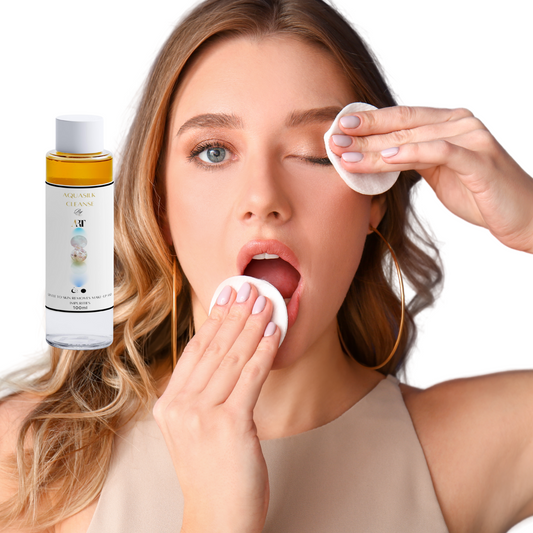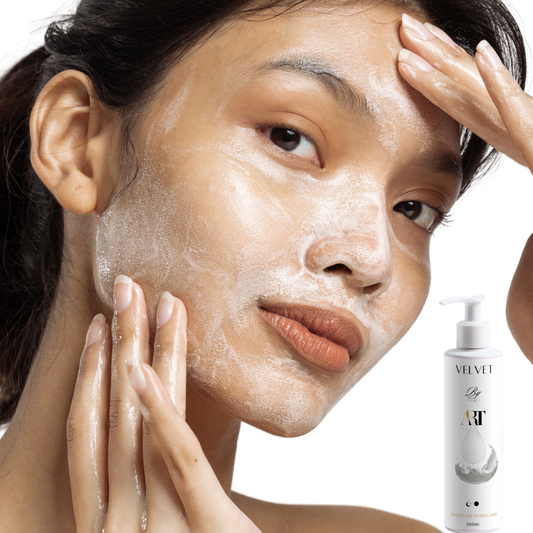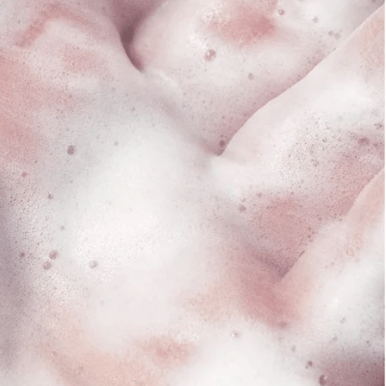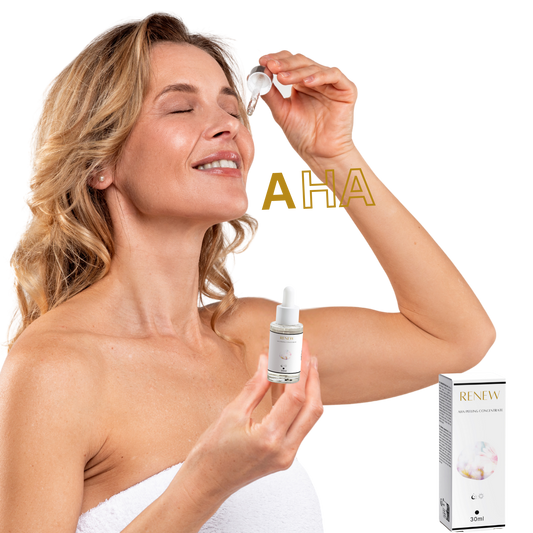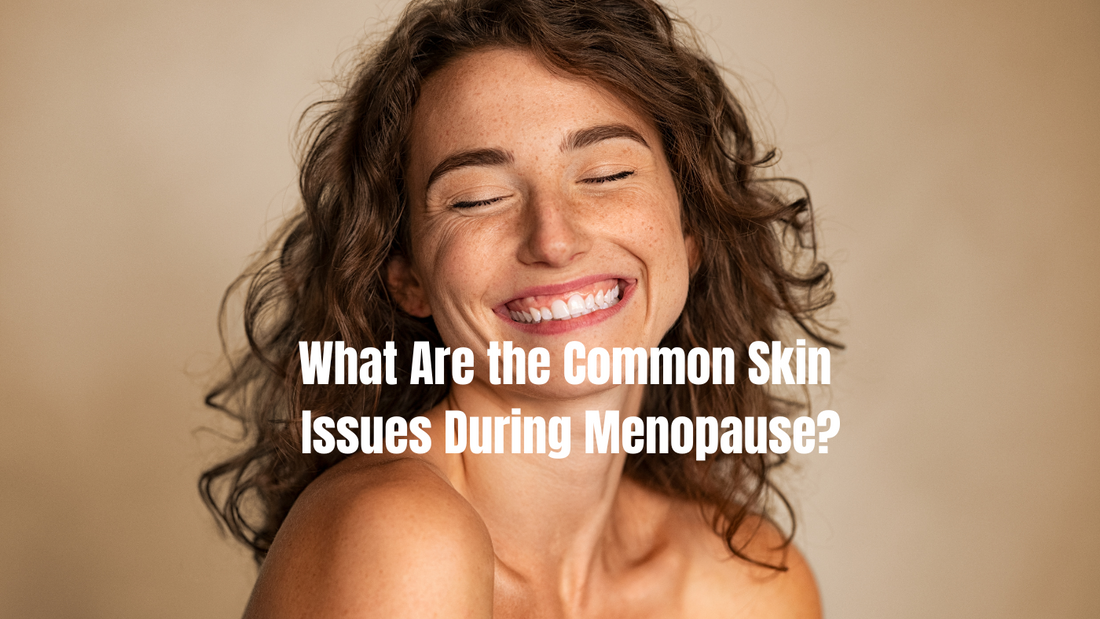
What are the common skin issues during menopause?
Your skin goes through a quiet shift during menopause — one that can feel sudden and unfamiliar.
You might notice dry skin that wasn’t there before. Your face, hands, or even your feet may start to feel tight, rough, or just not like they used to. It’s not just the weather — it’s the natural drop in oestrogen and collagen production. Moisture levels dip, elasticity softens, and that once-effortless glow takes more effort to maintain.
At the same time, acne might make an unexpected return. And just to keep you guessing, wrinkles, itching, or sudden redness can show up too. This isn’t about something going wrong — it’s your skin asking for a little more support.
These changes are common. And with the right care, they’re completely manageable.
How to Help Perimenopausal Skin?
Caring for perimenopausal skin doesn’t have to be complicated — but it does need to be consistent.
Start with hydration. Your skin craves ingredients like hyaluronic acid plumps and comfort skin that’s feeling dry or tight.
Support your skin’s strength with peptides, a nourishing collagen serum, and a daily dose of vitamin C. These ingredients help maintain firmness, support glow, and ease the signs of aging skin gently.
Next, focus on your barrier — that’s where the real healing happens. Look for products with ceramides and omega-rich oils to protect, calm, and prevent future irritation.
And always, always wear SPF. Whether it’s SPF 30 for everyday or SPF 50 on brighter days, it’s your skin’s quiet protector — especially when it comes to preventing hormonal hyperpigmentation.
Can Perimenopause Cause Skin Rashes?
Yes, absolutely. Hormonal changes can trigger itching, rashes, and increased redness — even if your skin has never been reactive before.
This is a sign your barrier is feeling vulnerable. Switch to products with Aloe Vera, ceramides, and calming botanicals to gently soothe and restore comfort.
What Is Hormonal Hyperpigmentation — How to Treat It?
Hormonal hyperpigmentation tends to appear as dark patches, often around the upper lip, cheeks, or forehead.
To treat it gently, use a brightening routine that includes vitamin C, niacinamide, and a high-protection SPF 50. This combination can help fade uneven skin tone while preventing new pigmentation from forming. It takes time — but with consistency, your skin will start to look clearer and more balanced again.


